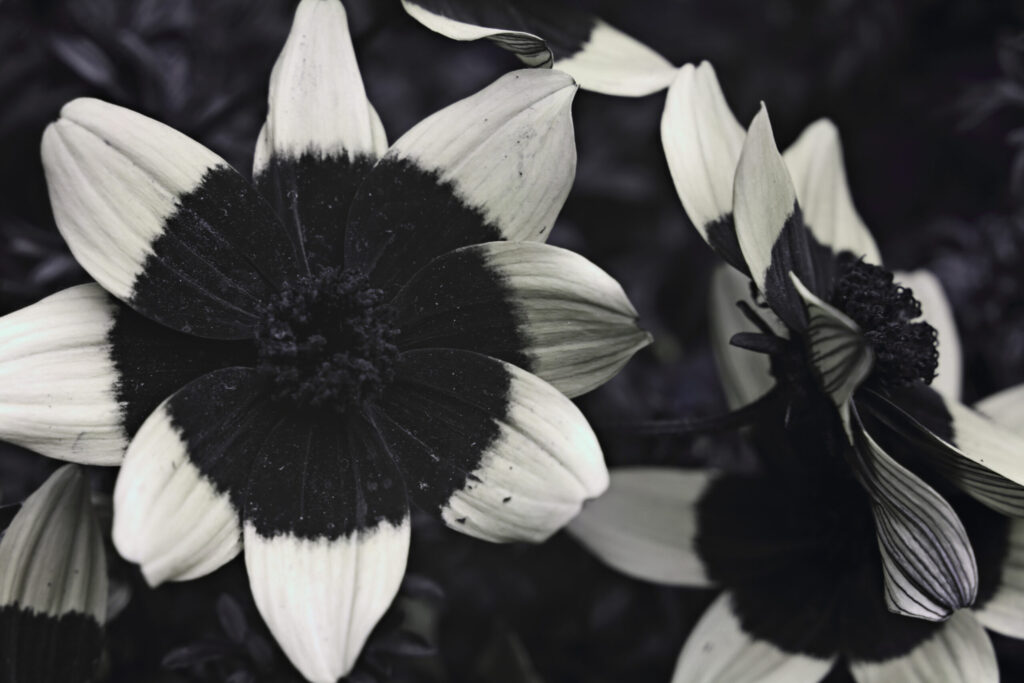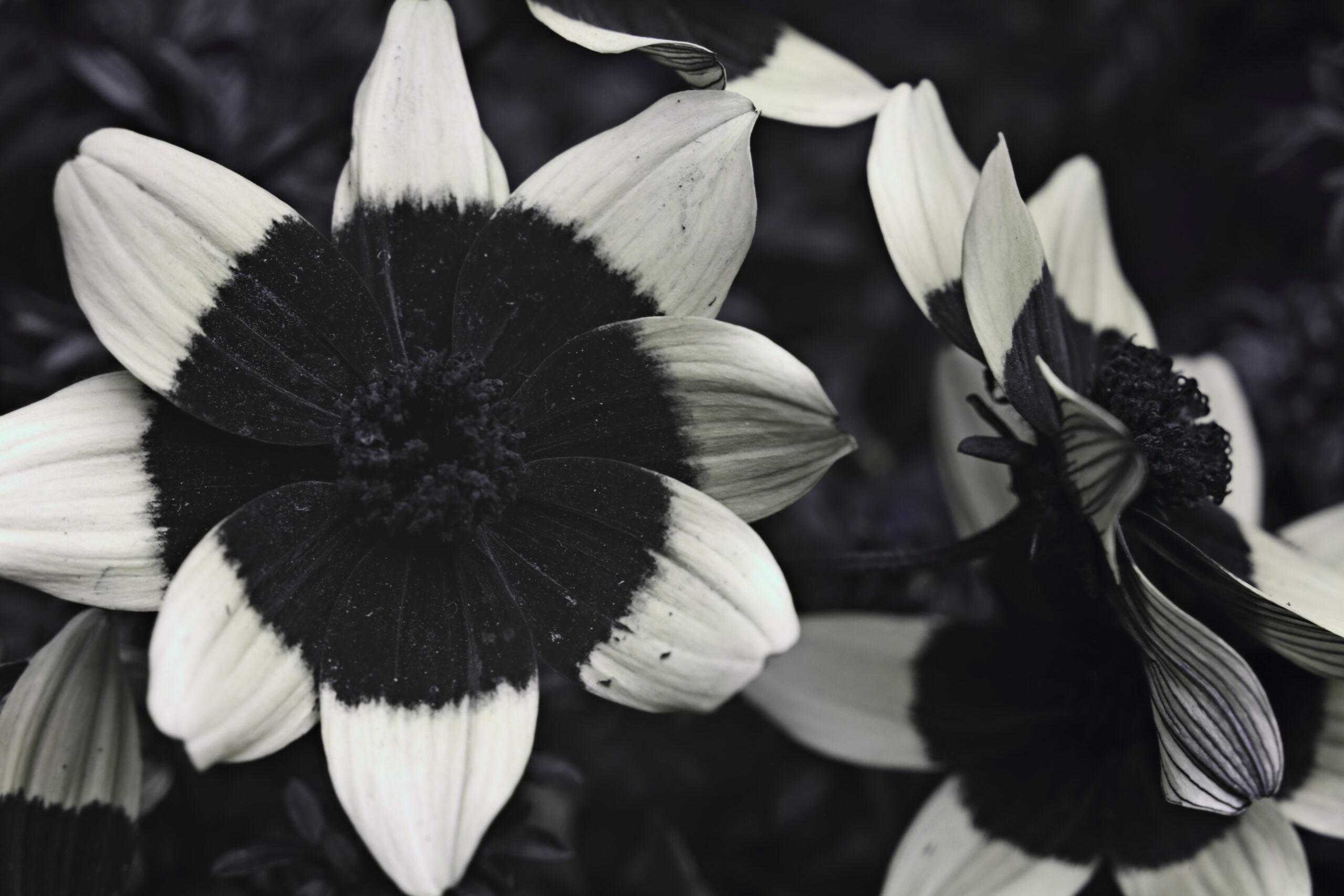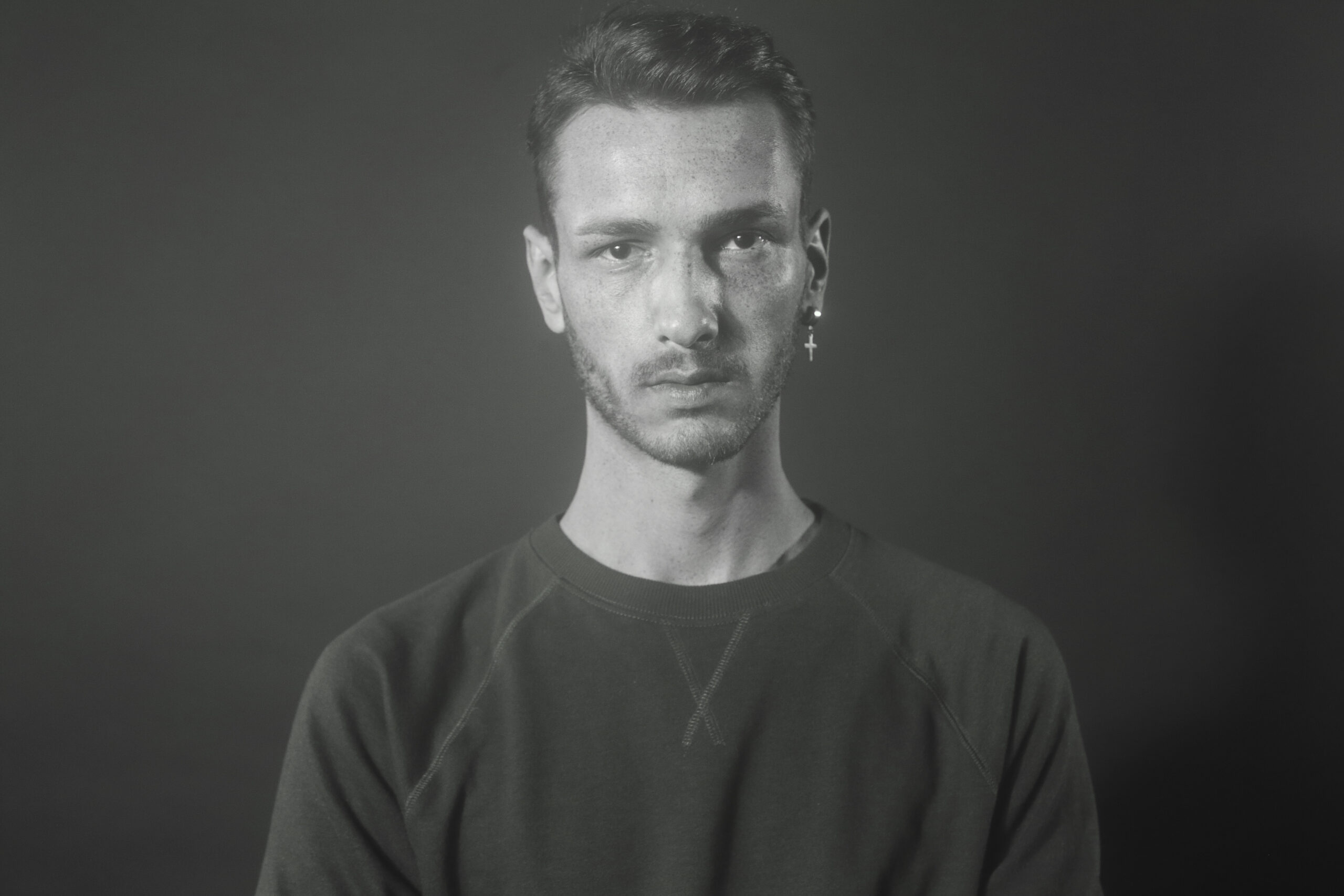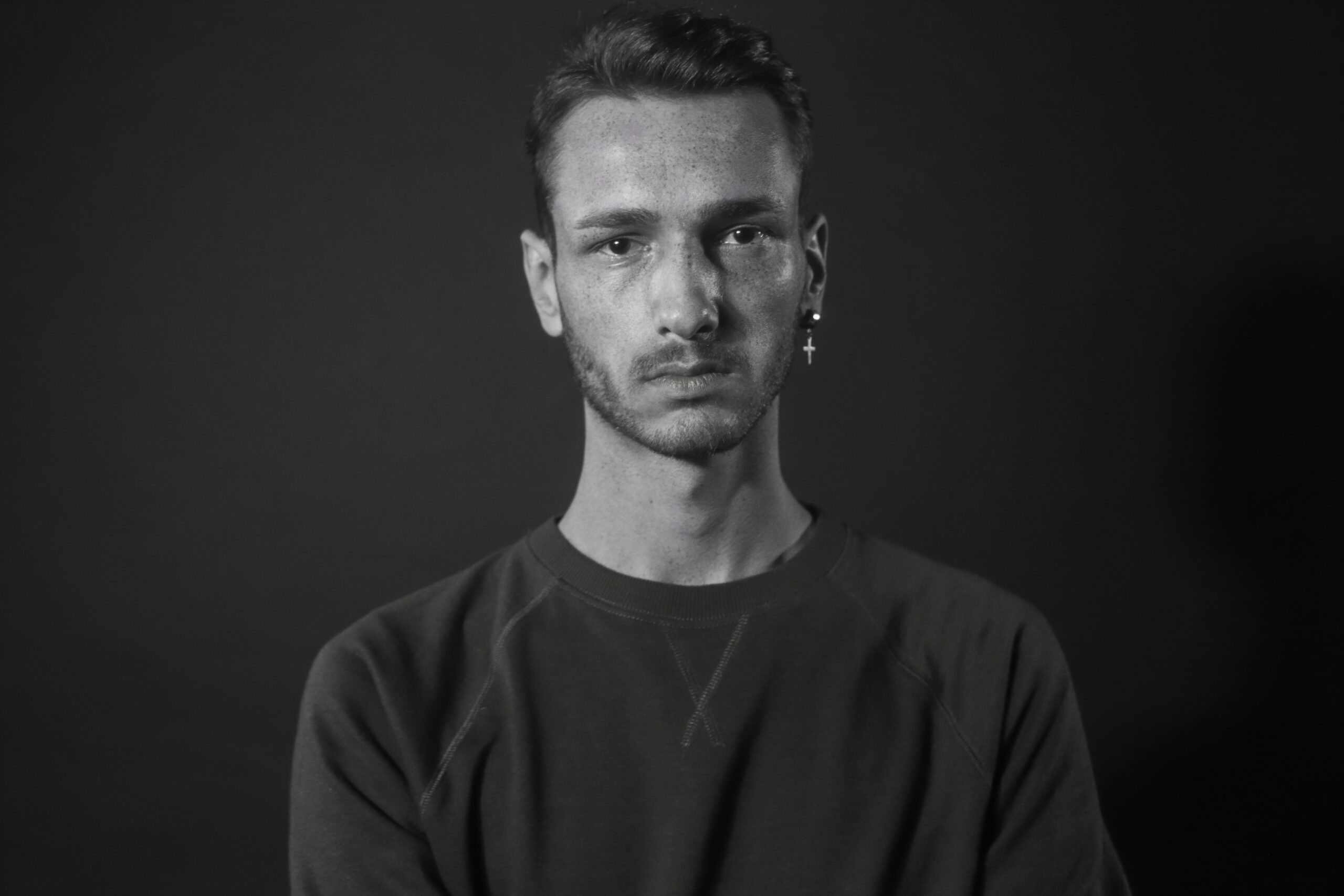Introduction to filters for UV photography
Kolari Vision is not the first company developing a UV transmitting bandpass filter. It is important to show the performance of this filter compared with its principal challengers. This article will compare the three following filters:
- Kolari UV transmitting bandpass filter: 52mm, $200
- UVIRoptics LUV U2 filter: 52mm, $225
- Homemade stack of Hoya U360 filter and Kolari hot mirror: 2x52mm, $70 + $65
All these 3 lenses have their transmission peak centered on 365nm.
UV photography – UV Filter Test
Part I: UV transmission performance
In this part, an UV torchlight with an inside 365nm Nichia LED is placed in front of a full-spectrum camera. We take pictures with each filter tested to show the UV light transmission through it. The parameters are not changing between each shot:
- Equipment:
- Canon 6D with full-spectrum conversion
- Tested filters
- Nikon AF 50mm F/1.8D
- Jaxman U1 UV torchlight
- EXIF: 1/200s, F/8, 100iso
The goal here is to show the maximum level of UV signal coming on the sensor with the configuration given below. Here are the results:
- Kolari UV transmitting bandpass filter:
- UVIRoptics LUV U2 filter:
- Homemade stack of Hoya U360 filter and Kolari hot mirror :
This first comparison shows that the filters developed by Kolari Vision and UVIRoptics have very close UV transmission performance. The homemade stack of two filters is a bit set back and its maximum transmission level is lower than the two others.
Part II: UV filter test in practice
In this part, the tree filter solutions have been used for outdoor and indoor shootings with, at each time, the same shooting parameters. Now than the theoretical performance has been tested, it is time to evaluate the concrete performance of each filter in term of exposure, contrast and sharpness.
Macro test
The macro test is based on flower photography using UV bulb as UV light source.
- Equipment:
- Canon 6D with full-spectrum conversion
- Tested filters
- Nikon AF 50mm F/1.8D with 14mm macro extension tube
- OMNILUX UV bulb 105W 230V
- EXIF: 30s, F/11, 200iso
- Kolari UV transmitting bandpass filter:
- UVIRoptics LUV U2 filter:
- Homemade stack of Hoya U360 filter and Kolari hot mirror:
The most contrasted and sharp of the three filters appears to be the Kolari UV transmitting bandpass filter. The LUV U2 filter has a good UV transmission but suffers from strong foggy effect affecting contrast and sharpness. The manual stack of Hoya U360 filter and Kolari hot mirror, at the opposite, has good contrast and sharpness but has a lower UV transmission impacting its exposure.
Shooting test
We are using Broncolor studio strobes on portrait photography for the shooting test.
- Equipment:
- Canon 6D with full-spectrum conversion
- Tested filters
- Nikon AF 50mm F/1.8D
- 1x Broncolor Pulso G 3200J
- 2x Broncolor Picolite 1600J
- EXIF: 1/100s, F/5.6, 1600iso
- Kolari UV transmitting bandpass filter:
- UVIRoptics LUV U2 filter:
- Homemade stack of Hoya U360 filter and Kolari hot mirror:
As a result, the Kolari UV transmitting bandpass filter has the best rendering in term of sharpness, exposition and contrast.
Part III: conclusion
In conclusion, the Kolari UV transmitting bandpass filter appears to be the best offer to practice ultraviolet photography. It offers maximum contrast and preserves sharpness with a good UV transmission rate.















3 Responses
“What makes a good UV (bandpass) filter”
This article fails to specify the importance of IR rejection in a UV bandpass filter. The use of a hot mirror is typically only important when the UV bandpass filter has poor IR rejection. All UV bandpass filters I have tested leak IR to some extent but the good ones can be 6 to 7 stops below typical UV exposure parameters and do not require additional hot mirrors for IR rejection. IR leakage is a contrast killer for reflected UV images and results in the “foggy” appearance you reported above.
Hey. You are writing about taking pictures – the Hoya U360 homemade filter stack and the Kolari hot mirror. So you can simply install the Hoya U360 filter on an unmodified camera?
No, an unconverted camera has a UV blocking filter as well as an IR one. So it won’t work.